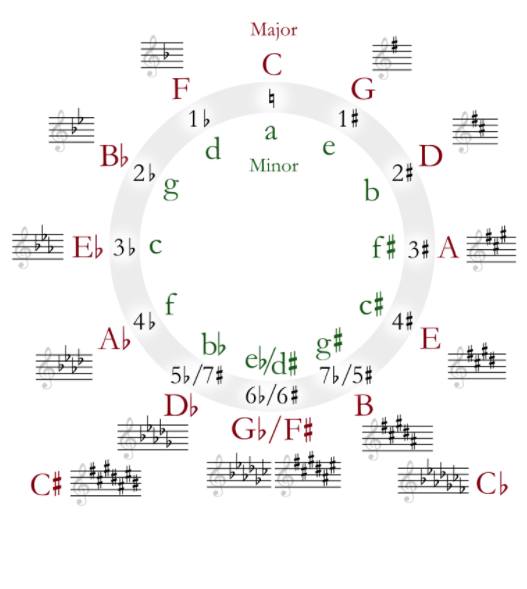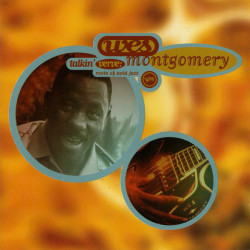Archive for category DP⓪
Renaming the System
I’m coming back to what I was calling Fixed Integer Notation and renaming it the Decimal Pitch System.
Still working on practical applications, but the mathematical obstacle that I thought I had to overcome is already taken care of by the system of Cents. The cent is generally recognized as the smallest differentiation in pitch perceptible to human hearing. With this in mind, there’s no need to figure out what a microtonal note is fractionally; doing this could mean different things depending on the octave, due to lower pitches being produced by longer vibrational wavelengths. But the point was to find a way to name a microtonal pitch independent of the octave. For example “5” represents the note “D”. “5.5” is the exact quartertone between D and D#. What if you’ve got a note that is slightly flatter than that? It it 5.4? 5.3? It’s still useful as an approximate system, but I was thinking to get it accurate, you might need many decimal points and that’s not practical at all. But using cents only one more decimal point is needed. Every possible note can be written from 0.00 — 11.99 (exactly A440 to an extremely sharp G#).
Ĝis la revido!
How many notes are there?
Here’s another video by someone else. Maybe I should make videos at some point. Sorry if I keep going over the same material but no one really seems to be paying attention, I’m just ironing out the concept more and more. Hopefully.
How many keys are there?
Here’s a clip of Victor Wooten explaining a very basic concept of music theory that is not always explained so simply. The answer you get is easy once you know, but it’s not the intuitive answer. Even he got it wrong at first. Why? Because in traditional music theory there are 6 keys that overlap:

(this image from the circle of fifths wiki does not even bother to name a♯ and a♭ which is…interesting)
These keys, disregarding the sharp/flat system, contain the same notes. Sure, if you are intentionally doing something clever with modulation in a piece, like going around the Circle, you would never go from E to C♭ in your head or on paper, but the sound is no different in equal temperament. (Just noticed I’ve been spelling “temperament” wrong for as long as I’ve been using it. Never heard the “a” pronounced, that’s something new.)
This matters (to me) because as I’ve said in the previous posts, there’s nothing inherently “natural” to the “natural note”. There’s only the note you start on and the intervals. Take the point that modes are not keys but scales. If you are playing in C, you can start playing a C scale melody but let’s say you switch to playing the Dorian mode. The key hasn’t changed, you are still playing entirely on the white keys, but the tonal center has, and the intervals of the scale have. That’s a difference you can hear. There’s a game you can play with traditional music theory that I’ve come to appreciate more than dismiss the more I get into it, but the average person (non-musicians; people without perfect pitch) really are never going to. That’s fine but it’s not the thing I’m interested in. Hopefully I can spend more time on interesting things in the future.






Recent Comments